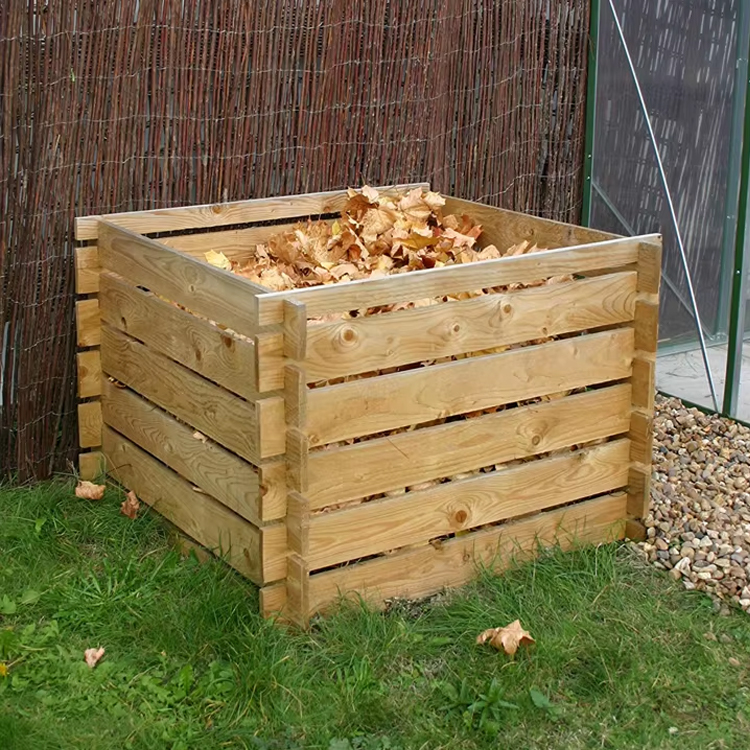A wooden compost bin is more than just a container—it’s a natural powerhouse that bridges sustainable living and thriving gardens. Unlike plastic alternatives, wood harmonizes with the composting process, offering breathability that regulates moisture and oxygen levels essential for microbial activity. By recycling kitchen scraps and yard waste into nutrient-dense “black gold,” you actively reduce landfill contributions while creating a free, organic soil amendment. This closed-loop system enriches soil structure, boosts plant health, and reduces reliance on synthetic fertilizers, making it a cornerstone of eco-friendly gardening.
Selecting the right material is critical for effective composting. Untreated woods like cedar or redwood are ideal—they resist rot naturally, avoid chemical leaching, and provide superior insulation against temperature swings. Design-wise, wooden bins excel with their customizable ventilation: spaced slats or hardware cloth sides ensure airflow without sacrificing structural integrity. For functionality, consider hinged lids (to deter pests) and modular stacking systems (allowing height adjustments as compost volume changes). Aesthetically, wood blends seamlessly into garden landscapes, aging gracefully into a silvery patina that complements greenery.

Constructing a wooden composter is a rewarding DIY project that repurposes materials like pallet wood or timber scraps. Start with a basic frame:
- Corner posts anchor the structure, while horizontal planks form walls with intentional gaps (~1 inch) for aeration.
- Modular designs using stackable sections simplify compost harvesting—remove top tiers as the pile shrinks.
- Upgrade essentials include a hinged lid for easy feeding and a base layer of twigs or coarse mulch to enhance drainage.
- No advanced tools are needed; screws, a drill, and saw suffice. For beginners, pallet-based bins assemble in under an hour, proving sustainability doesn’t demand complexity.
Efficient decomposition hinges on balancing “greens” (nitrogen-rich kitchen scraps) and “browns” (carbon-heavy leaves or cardboard). Layer these materials like lasagna, keeping the pile moist but not soggy. Turn the compost every 7–10 days with a fork to oxygenate the pile, accelerating breakdown and preventing odors. In wooden bins, the natural insulation maintains heat for faster processing—ideal for active composters. Troubleshoot issues proactively: a slimy pile needs more browns; a dry heap requires watering; and buried food scraps deter pests.

Wooden bins shine in specialized composting too. For vermicomposting, simply drill ventilation holes in the bin’s sides, line the bottom with breathable fabric, and add bedding (shredded newspaper or coconut coir). Red wigglers thrive here, processing scraps into ultra-rich castings—just avoid acidic foods like citrus. Over time, even untreated wood will decompose, but this slow decay (often lasting 5+ years) mirrors the composting cycle itself—returning nutrients to the earth. As your bin ages, it becomes a living testament to sustainability, turning waste into vitality one season at a time.






